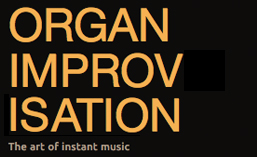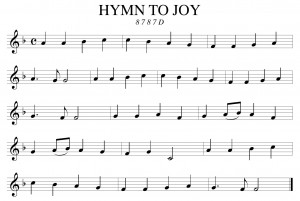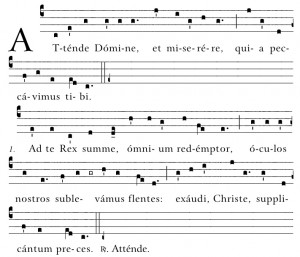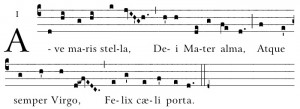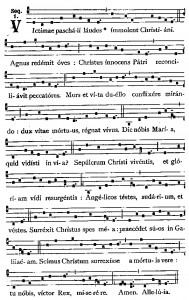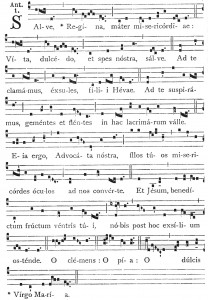 First published anonymously in Henry Boyd’s Select Collection of Psalm and Hymn Tunes (1793), DUKE STREET was credited to John Hatton (c. 1710 – 1793) in William Dixon’s Euphonia (1805). Not much is known about Hatton, except, it is said that he lived on Duke Street in the village of Windle, near St Helens in Lancashire, UK, from where his famous tune gets its name. He was most likely a Presbyterian and it was at the Presbyterian Chapel in St. Helens that his funeral sermon was preached. The story is told that he was killed in a stagecoach accident.
First published anonymously in Henry Boyd’s Select Collection of Psalm and Hymn Tunes (1793), DUKE STREET was credited to John Hatton (c. 1710 – 1793) in William Dixon’s Euphonia (1805). Not much is known about Hatton, except, it is said that he lived on Duke Street in the village of Windle, near St Helens in Lancashire, UK, from where his famous tune gets its name. He was most likely a Presbyterian and it was at the Presbyterian Chapel in St. Helens that his funeral sermon was preached. The story is told that he was killed in a stagecoach accident.
See a list of other popular hymn and chorale themes here.
Videos:
Tom Trenney – “Duke Street”, April 28, 2013 at First-Plymouth Church
